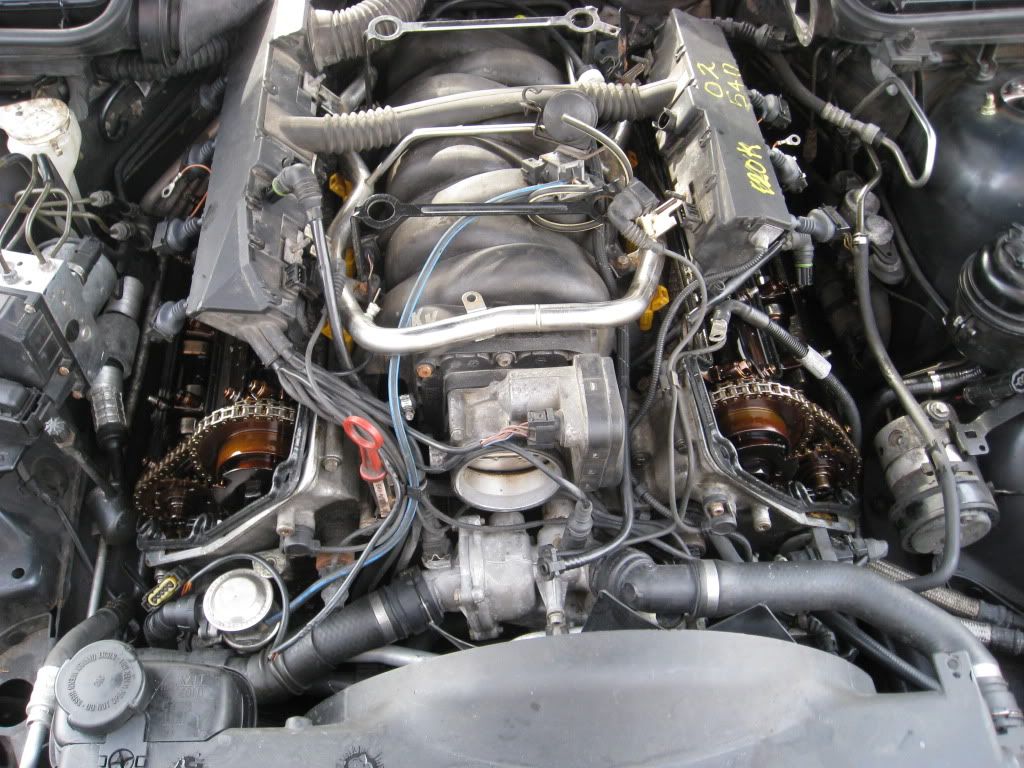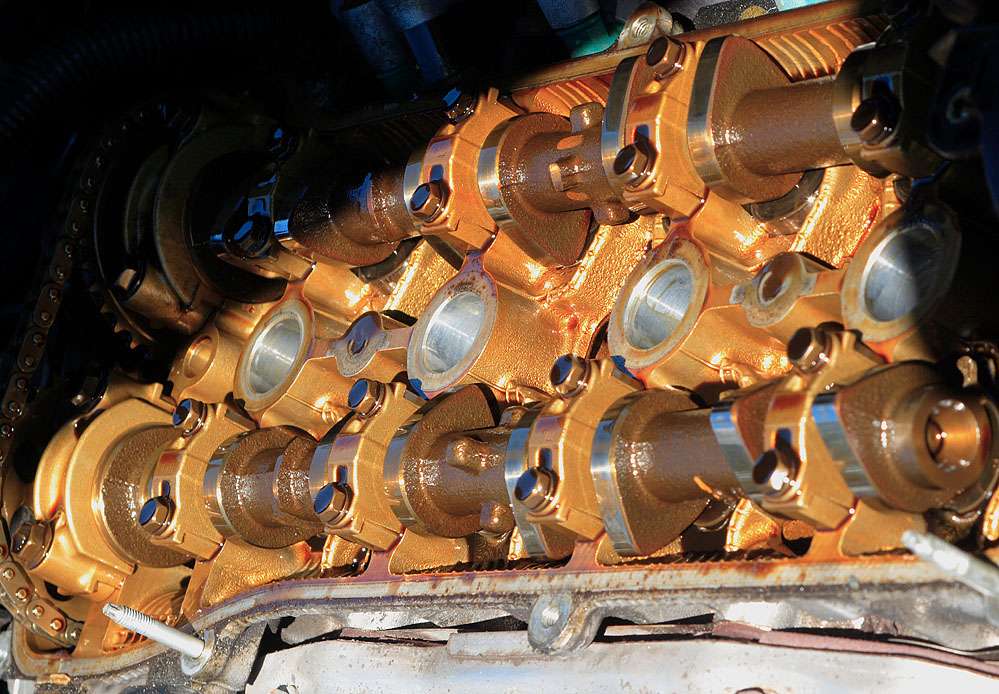Originally Posted By: Smokescreen
So lots of conflicting information in this thread when compared to other OCI threads and pics. We read that maybe 10K dino intervals are likely culprits, that Castrol is to blame, some going to use PP on 5K intervals to clean up or prevent varnish...We have loads of advice from other threads saying most synth oils are good for 10K miles, OLM are fairly accurate with some cars but not others, OEM's concerned with getting through the warranty or are they pretty accurate. Should all Castrol oils be avoided like the plague?
Are Randomhero and/or TooSlicks OCI formulas to be believed even moderately even though they are fairly well regarded.
As far as I know, varnish doesn't show up in a used oil analysis, yet it is cause for concern? How does anyone know even with UOA that looks stellar what varnish lurks in the recesses of the engine? How much can one really know about varnish looking through the oil fill hole anyway?
What really matters and when newbs come on to this site are they getting confused by all the seemingly conflicting information?
Smokescreen:
I have no easy answer to your questions. I don't think there is one. I will however add some points that may help to at least give us some focus:
1. Do we know what causes varnish? If so, then we should be able to determine what engines and what operating conditions are most likely to make it form.
2. Do we know what oils appear to be more likely to allow varnish to form? If so, does subsequently ceasing to recommend them for applications that fall under #1 above make sense?
3. There is no formula that will provide an ideal OCI for all engines under all operating conditions using any lubricant. There are too many variables within those spectra.
4. Whether varnish causes harm or is relatively benign is going to depend on where it is formed. This will vary from engine family to engine family, so there is no simple "varnish is harmless" or "varnish is the plague of black death". People like to use the first one because we see so much of it, that to dismiss it is a "feel good". I've never felt good about varnish because I know it has the
potential to cause serious issues if it forms in the wrong place. Shannow has echoed my sentiment on this. You could say that varnish is only harmless until it isn't.
5. With respect to the fill-hole view. I've never had an engine apart that was clean there and filthy everywhere else. Take that for what its worth.
6. If newbs are getting confused, then they are no different than the rest of us
Simplifying it to black and white do's and do not's is unfair to everybody. The grey area is massive.
















